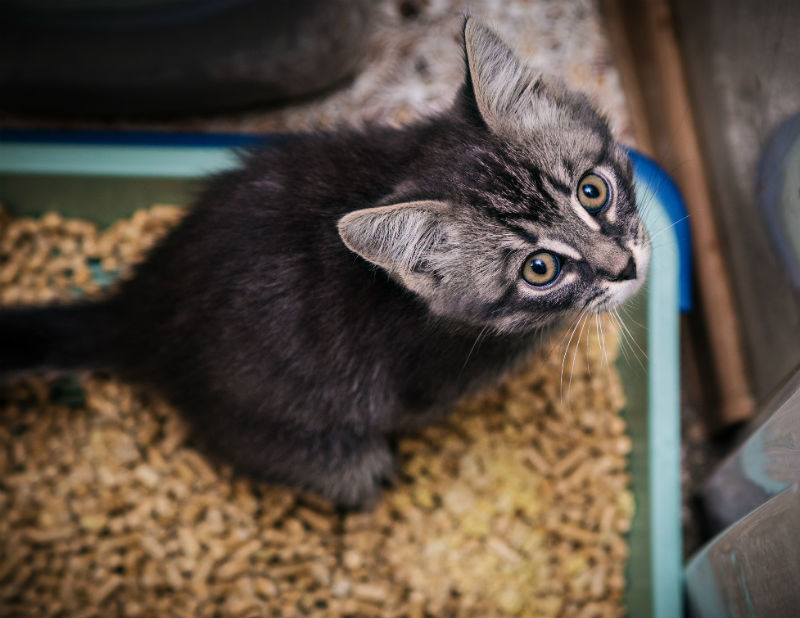As veterinarians, one of the most common feline behavioural problems we face is inappropriate urination. Many frustrated owners come to us in desperation because their cats are urinating in their homes. The stress this situation places on cat owners can lead to the cats being turned outside, given away, surrendered to the SPCA or even euthanized.
Urinating outside the litter box is not always a behavioural problem. Peeing in the house can be a sign that your cat is not feeling well.
There may be an underlying medical condition such as:
- Bladder stones or crystals
- Urinary tract infection
- Feline lower urinary tract disease
All of these conditions can cause your cat pain during urination. The pain your cat now associates with the litter box and will start to avoid using the litter box if the pain persists.
These conditions often involve:
- Excessive trips to the litter box
- Genital licking
- Bloody urine
- Peeing in unusual places
- Straining to urinate.
It is essential not to assume that the inappropriate urination is behavioural. Get your vets help to rule out an underlying cause first. Behavioural marking can fall into different categories. In some cases, it may be territorial. If your veterinarian suspects that the behaviour is national, there are several options available to curb the problem. If your cat has not been neutered, this will be recommended. Odour eliminators should be used in the marked areas. Feliway spray, a spray consisting of feline pheromones, sprayed onto the area can be successful and can also be purchased as a diffuser to spread the pheromones throughout the room. Stress often triggers territorial marking. Determining the cause of stress on your cat and doing your best to minimize this is very important. Cats can become stressed due to new pets entering the home, a new baby, changing the furniture, changing their diet or litter and even a new cat in the neighbourhood can cause issues. Anti-anxiety medications may be beneficial as the last resort if the source of stress cannot be determined or removed.
Another common reason cats may refuse to use a litter box is that the table is just not acceptable to them. This is called litter box aversion and can stem from a variety of issues such as the box is too little, too dirty or they do not like the litter. Sometimes moving the litter box to a quieter area of the home can help. It is imperative to scoop and clean the litter box daily. Many cats also do not like confined, covered litter boxes. Older cats with arthritis may need a shallower box that allows them to get in and out of it painlessly.
Cats with this type of inappropriate urination often need to be re-trained to use the litter box. Additional boxes should be provided in a different location in the house. If all else fails, the cat should be confined to a large crate with a litter box supplied until he or she has proven that he will use the box and then gradually allowed into a larger area.
Inappropriate urination is a very frustrating condition to diagnose and resolve in cats. It is essential to differentiate behavioural versus medical causes so it can be addressed accordingly. Once the underlying cause is determined, there are lots of options to get your cat back on track. Talk to your veterinarian for help in re-establishing your loving relationship with your pet and to get your cat back to the particular level of cleanliness cats are known for.
Written by Van Isle Veterinary Hospital




